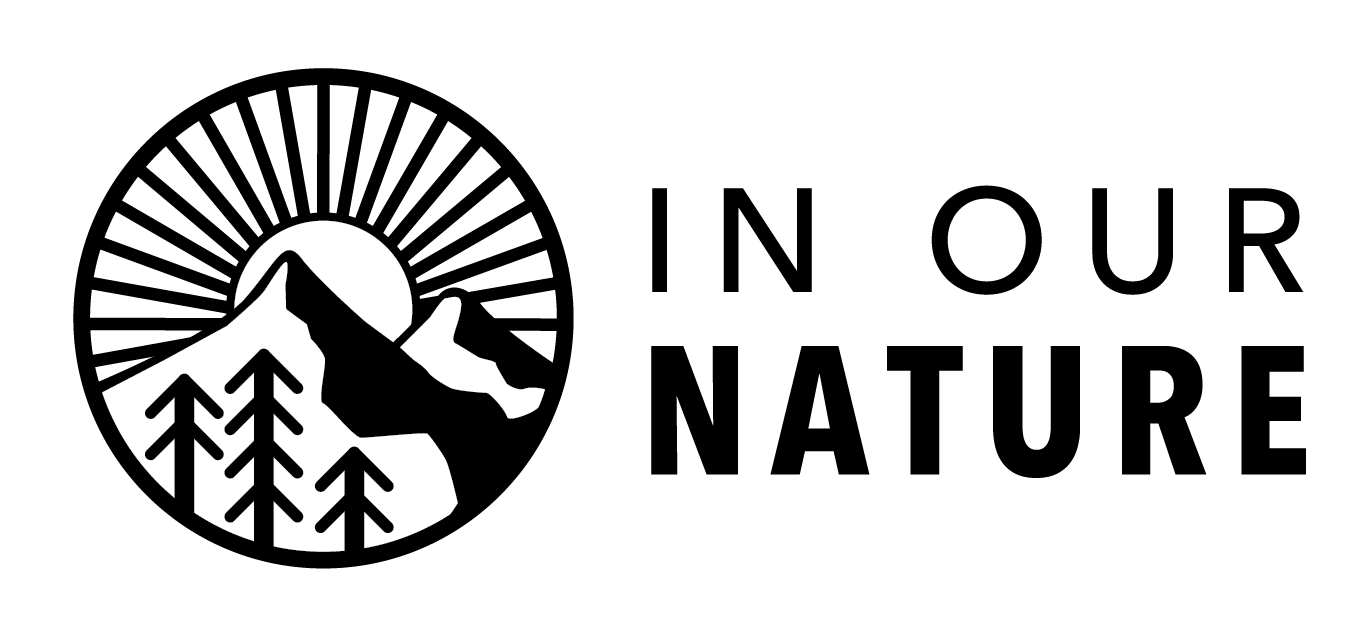Revitalizing the Water: Indigenous Knowledge as the Path to Protecting the Great Lakes
This past August, I spent a transformative week in Northern Michigan traveling through rivers, lakes and finally one of the Great Lakes themself—Lake Huron—on a jiimaan, the Ojibwe word for canoe. While I have spent countless hours on canoes in the past, this experience was unlike any other. As I glided across the water, I felt the weight of centuries of history, knowledge and connection that Indigenous communities, particularly the Anishinaabe, have shared with these waterways. The simple act of navigating the lakes and rivers became a profound journey into the heart of the land, water and the resilient communities that have cared for them for generations.
As an Indigenous person, I have the Native community at Northwestern to thank for my ability to participate in this powerful experience. Since my freshman year, I have been involved in ISTEAM (Indigenous Science, Technology, Engineering, Arts, and Mathematics), a research initiative headed by Dr. Megan Bang that continues to bolster the resilience of Indigenous communities in the face of colonialism and climate change. Through my role as an undergraduate research assistant, I have built relationships with local Native communities both on campus and in Chicago, deepening my appreciation, involvement and dedication to the preservation of Indigenous culture, history and science.
One of the programs within ISTEAM is called Jiimaan Journey, which gives Indigenous children, teens and families the opportunity to reconnect with the water and land through Indigenous practices. Through these programs, ISTEAM aims to understand modern Indigenous relationships with the natural world. This involves practicing reciprocity, respect and gratitude with the jiimaan and engaging in activities like storytelling, song and the identification of manoomin (wild rice), an important cultural and ecological resource.
As part of my research, I was tasked with collecting visual and audio data to understand the relationships that Indigenous families have with the natural world and the scientific validity of those relationships in the face of the current climate crisis. By participating in place-based education alongside families and absorbing the lessons of the water and land, I witnessed firsthand the deep connections that Anishinaabe communities maintain with their lands and waters.
The practice of water transport via a jiimaan is central to Indigenous life in the Great Lakes region. It is intrinsically tied to the harvest of manoomin, a vital practice that has protected the health of Indigenous peoples and the ecosystems they occupy for generations.
The health of manoomin, the only grain native to North America, has been scientifically validated as an indicator of the overall health of the ecosystems that sustain it. Historically, the Great Lakes region's waterways and the abundance of manoomin supported Indigenous peoples' migration, survival and cultural practices. However, colonization by European-American settlers, exploitation of natural resources and industrialization have severely disrupted the health of the land, water and manoomin. Over the centuries, pollution, over-extraction and contamination have undermined both the environment and the communities that depend on it.
Today, 12 federally recognized tribal nations in Michigan are working together to restore and manage the health of manoomin in the Great Lakes through the Michigan Wild-Rice Initiative. This effort represents a vital opportunity to center Indigenous knowledge in environmental management, but it’s clear that these efforts must be expanded. There are endangered species, polluted lands and threatened waters throughout the United States, all at risk of further harm if action isn’t taken now. Too often the invaluable knowledge of Indigenous peoples about the health of our lands and waters is dismissed by decision-making institutions due to the colonial political infrastructure we currently operate under.
We are living in a time of global water crisis, where cities are literally running out of drinking water, numerous Native, Black, and other marginalized communities are unable to access clean water, and aquifers are actively being depleted by industrial interests. Now, it is more crucial than ever to recognize and integrate Indigenous knowledge into the management of our water systems. The climate crisis threatens every aspect of human existence, and water insecurity is one of its most globally detrimental aspects.
In the Great Lakes, many critical issues highlight the ongoing threats to our freshwater systems that support millions of people. For instance, Line 5, an extremely old and unpredictable oil pipeline that runs through Lake Michigan, poses an imminent risk of rupture and an oil spill that could contaminate not just Lake Michigan, but the entire Great Lakes system, threatening the freshwater supply for millions of people throughout the United States and Canada. Additionally, mining projects in the Upper Peninsula, such as the Copperwood Mine, threaten Lake Superior with contamination from heavy metals and sulfuric acid, jeopardizing drinking water and ecosystem health.
Given the urgency of these threats, it is clear that the time to act is now. The future health of the Great Lakes—and all freshwater sources—relies on our ability to prioritize the Indigenous knowledge and science that have protected these resources for generations before settlers attacked Indigenous people and their livelihoods. It is unacceptable to wait idly by until a devastating oil spill, an environmental catastrophe or just the compounding of industrial over-extraction and harm forces action. We must actively protect these waters, not only for future generations but to honor the wisdom and practices that have safeguarded these ecosystems for centuries.
